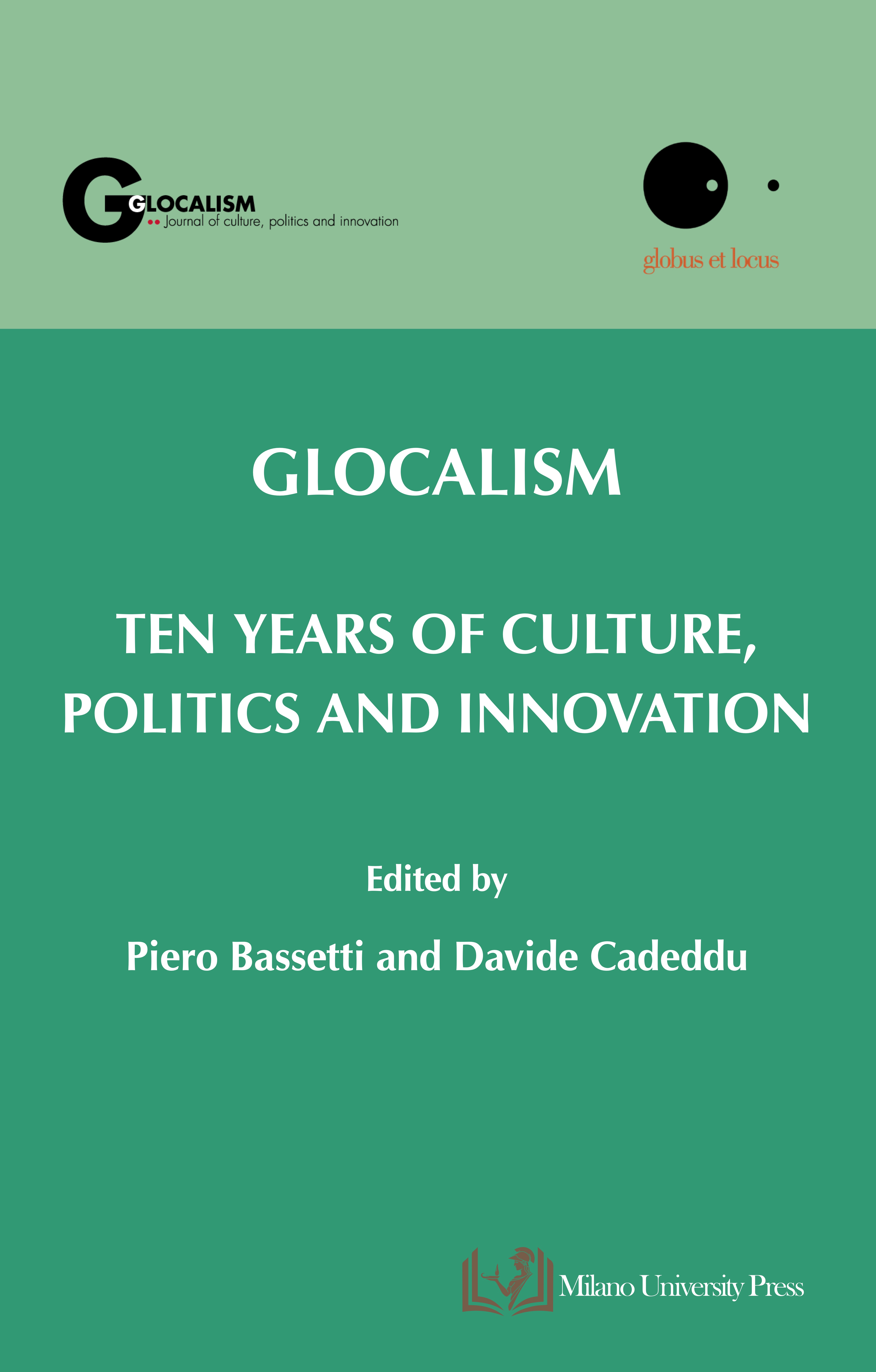Defamiliarizing the Familial: a Cosmopolitan Reading of Satyajit Ray’s “Agantuk”
DOI:
https://doi.org/10.12893/gjcpi.2021.1.1Keywords:
Satyajit Ray, globalization in India, cosmopolitanism of consumption, middle class, modernityAbstract
In their introduction to the anthology Cosmopolitanisms, Breckenridge et al. describe cosmopolitanism as “ways of living at home abroad or abroad at home” (2000: 587). Cosmopolitanism, in these two dimensions, is enacted in Satyajit Ray’s film Agantuk (1991) as well. While the dominant tendency in the film’s reception has been to draw a dichotomy between parochialism and cosmopolitanism – with each proclivity identified with a different branch of the same family tree – this paper shall attempt to problematize this binary. Rather than articulating a tension between the home and the world, this paper proposes that Agantuk illustrates two different cosmopolitanisms – a way of “living at home abroad” and a way of “living abroad at home”. While both cosmopolitan approaches diverge significantly, the film makes a strong case that they emanate from a common space of middleclass privilege and access, by contextualizing them against the economic liberalization reforms of 1991 India. Globalization is seen as fostering a banal, consumerist variety of cosmopolitanism – a means for a financially stable middle class to garner cultural capital, and to produce itself as “modern” on a global scale. It is this consumption-oriented cosmopolitanism that bears the brunt of the film’s critical as well as recuperative efforts. Melted and recast, it has the potential to produce a “thicker”, more inclusive form of local, everyday cosmopolitanism – a cosmopolitanism that is equipped to resist the impulse to flatten and commodify alterity, and to open itself to plural, co-existing modes of inhabiting modernity.
Downloads

Downloads
Published
Issue
Section
License

This work is licensed under a Creative Commons Attribution-ShareAlike 4.0 International License.










